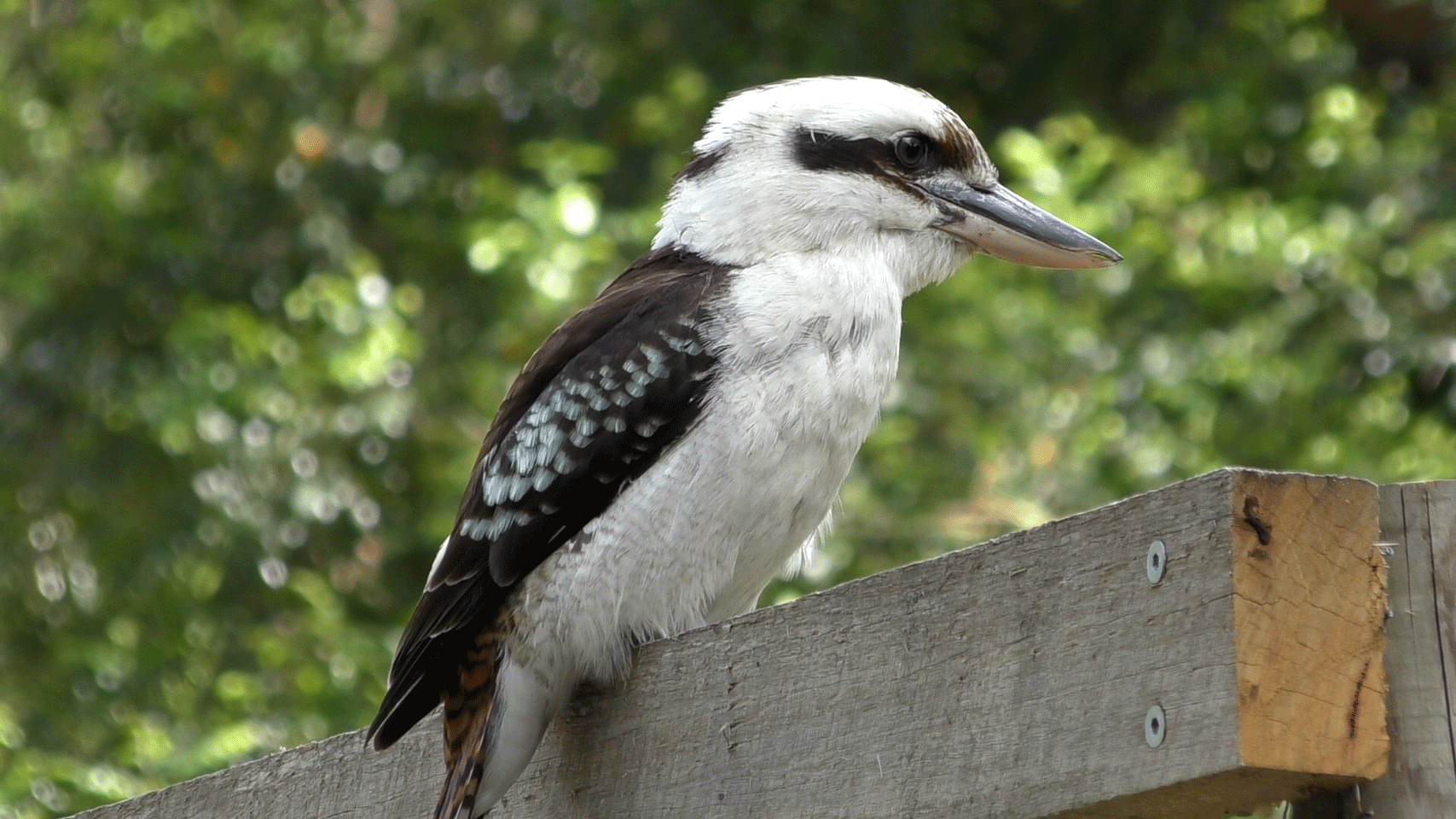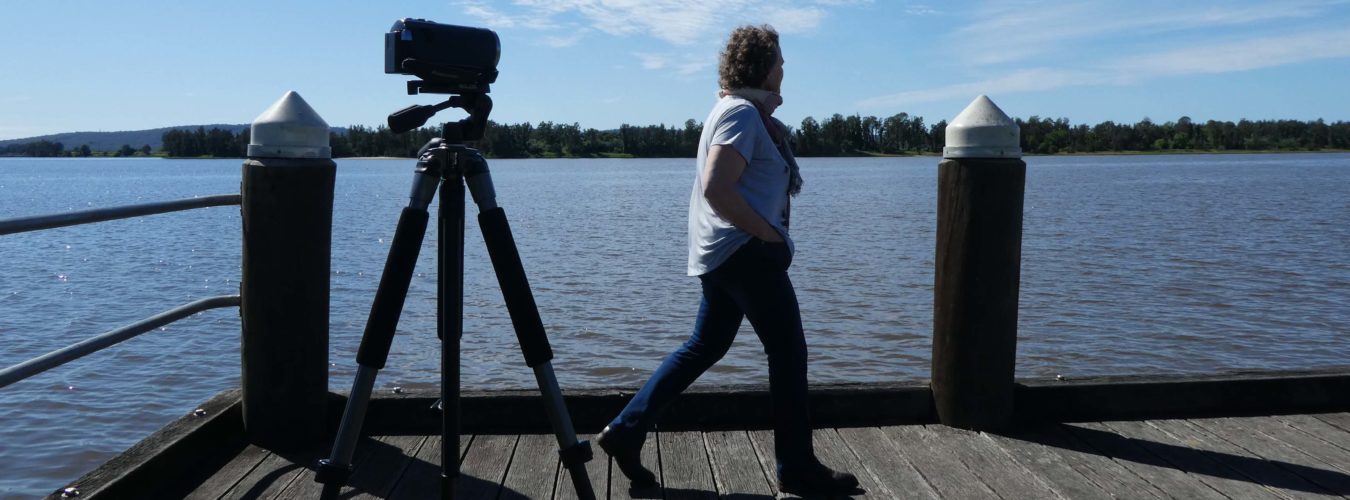Why Dangar Island?
If truth be told it was sheer curiosity that took us out to Dangar Island in search of the answer to why people choose to live there. As a train commuter I passed the island twice a day for years and pondered the far off homes dotted around this 30 hectare blob of land not far from the mouth of the Hawkesbury River. Who lives there and why?
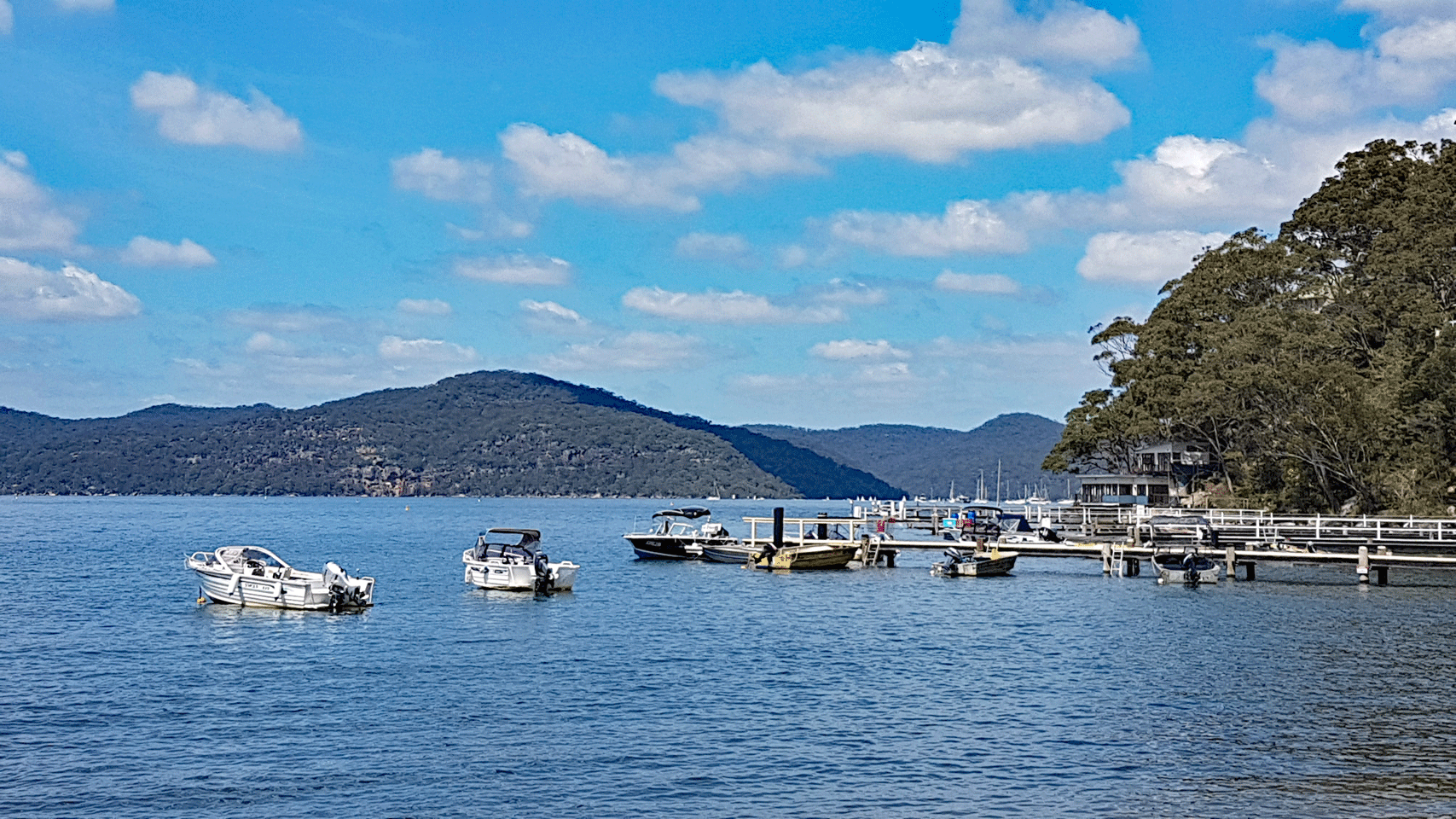
What we loved
The ferry
It’s once you are aboard the historic 1930s Dangar Island Ferry that you get your first taste of the charm of island life. Just a picturesque 15 minutes from Brooklyn, the ferry departs every every hour 7 days a week during the day. Boats skim past, birds fly over head, there’s the sound of the waves as they slap against the bow, and the chug of the engine. There are certainly worse ways to get home. A single adult fair is $7.70, and $3.90 for kids. We arrived at Brooklyn by train and to be honest that’s the easiest way. Parking is pretty limited around Brooklyn if you decide to drive. The wharf is a two minute walk from the station. Ferry time table
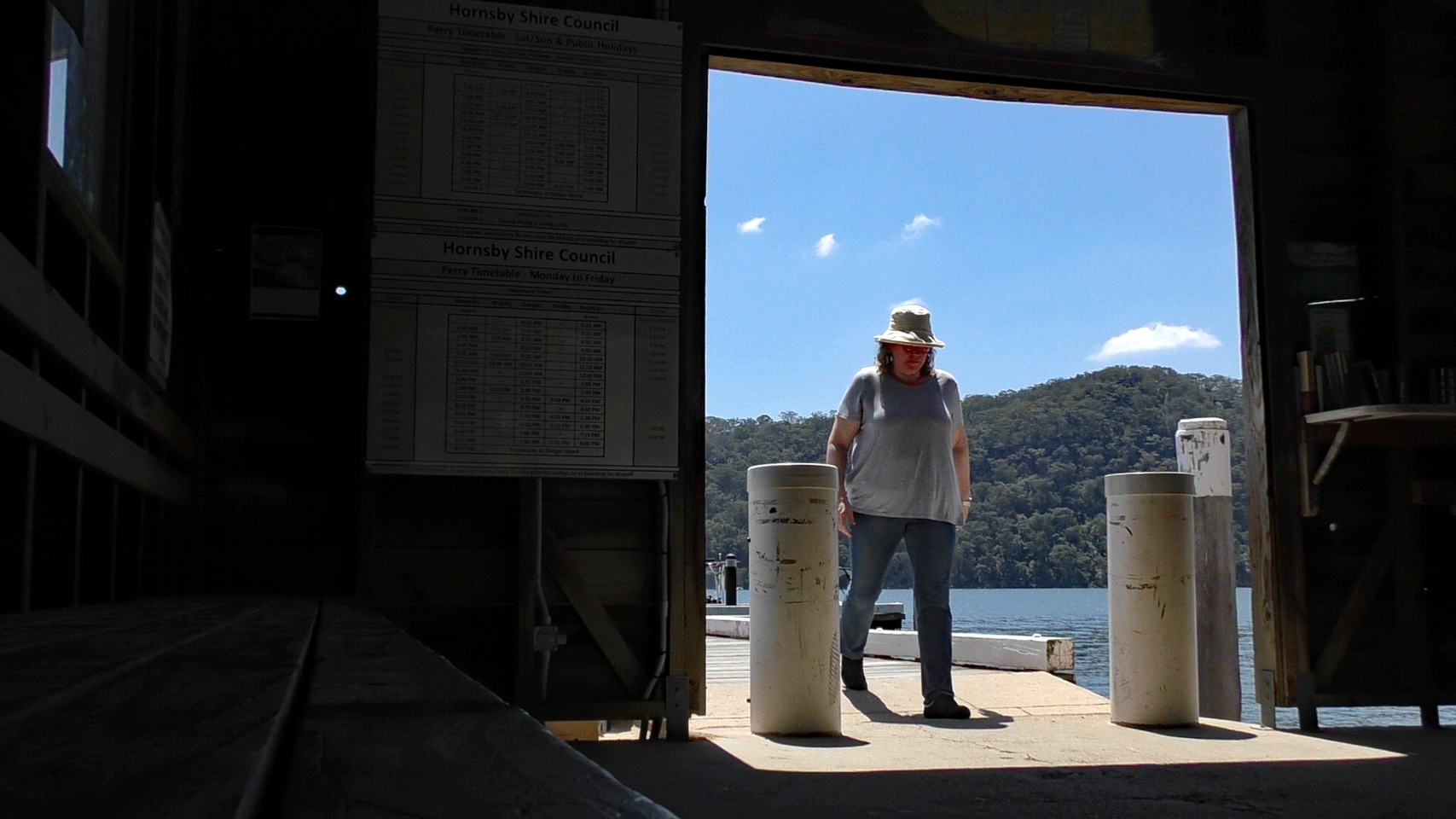

The peace and tranquillity
The island’s legendary absence of cars and conventional roads makes for a very different kind of lifestyle. Most traffic is by foot – including ferrying things about in wheelbarrows when required. The island’s population is less than 300 people which must surely make it Sydney’s smallest suburb. Some of that population is permanent and there is also a good smattering of weekenders and holiday houses – the feeling is very laid back.
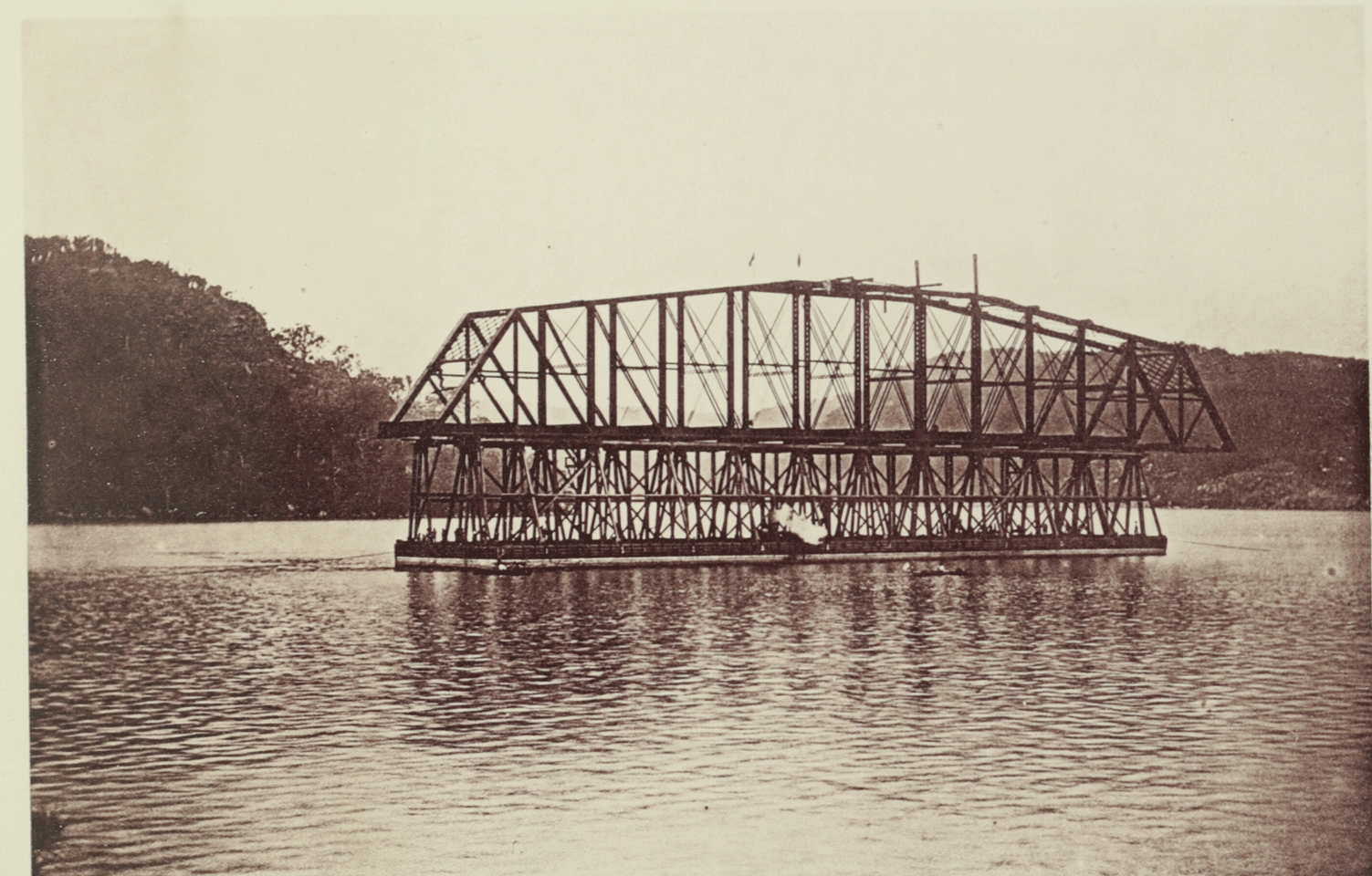
The history
The Guringai people are the traditional owners of the island. The first Europeans appeared when Governor Arthur Phillip landed on Bradleys Beach while exploring the river in 1788 – leaving a legacy of disease which decimated the Indigenous population. In 1864 the island was purchased by surveyor, farmer and politician Henry Dangar after whom it was named. Later the island would feature prominently in the building of the first Hawkesbury River rail bridge between 1886-1889 with workers and their families living on the island which was conveniently close to the route of the rail line. Post construction, it was a holiday retreat for the Dangar family and still later the island was subdivided for residential purposes. Further details


What we did
We arrived at Dangar Island early enough for a light breakfast at Dangar Island Depot cafe which is right next to the public wharf. Then with the help of the Dangar Island Walk Map we set off to see the sights.
The historic water tower is very surprising indeed. We meandered through the heritage listed avenue of Blackbutt trees thought to be hundreds of years old, and admired the view from Bradley’s Beach. We strolled the paths and felt a bit envious of the people lucky enough to call this pretty place home.
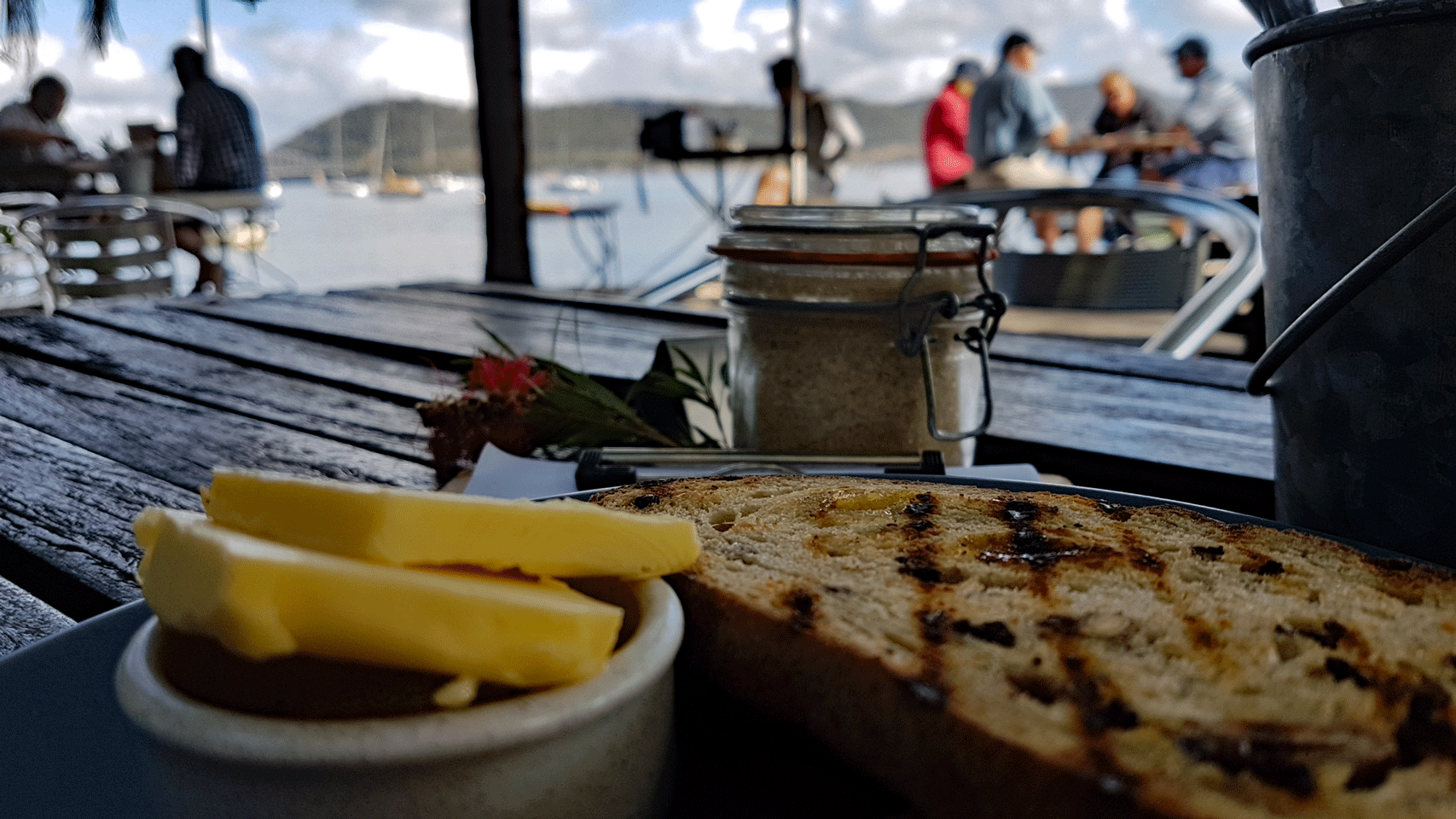
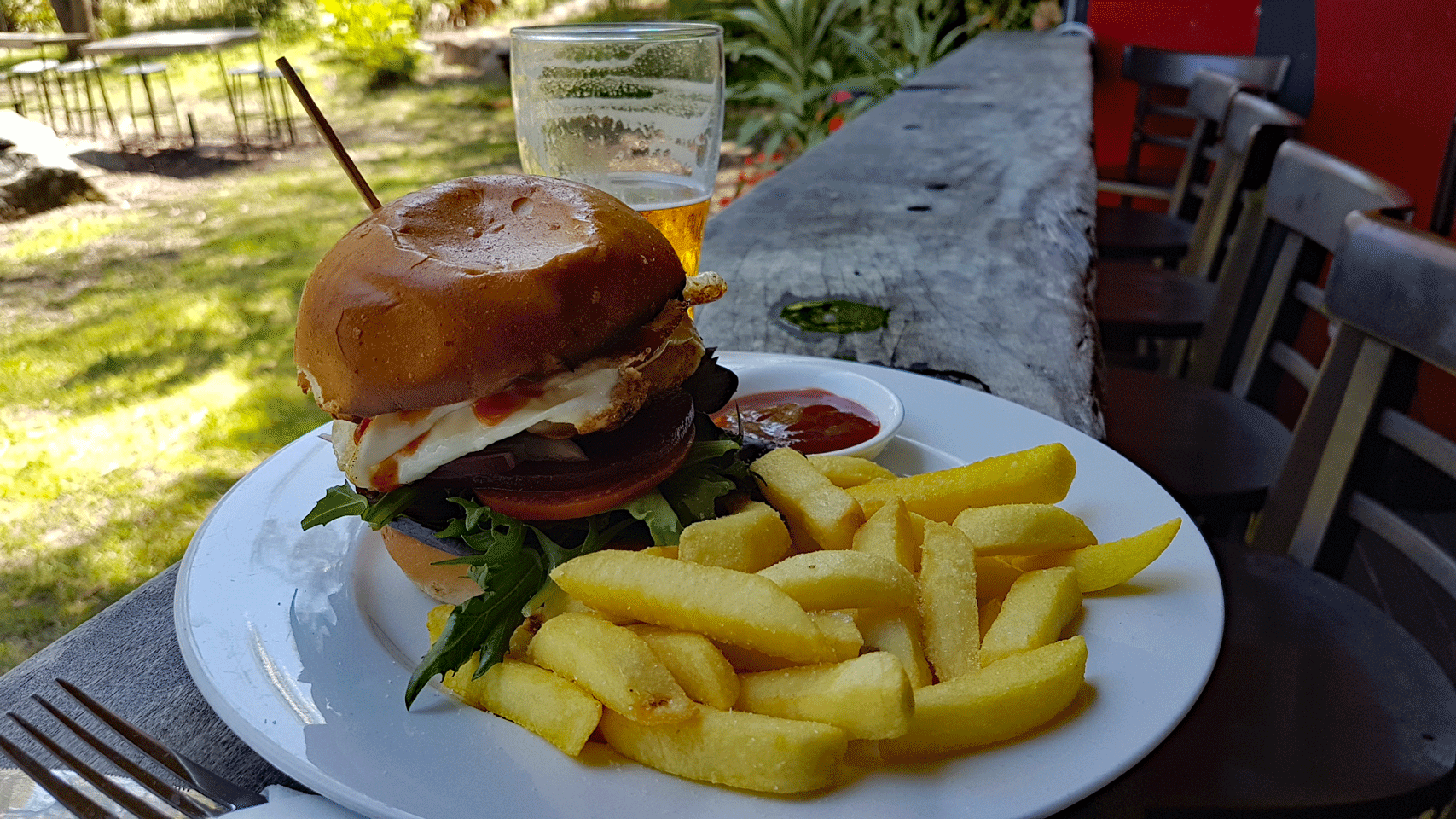
Where we ate
We enjoyed a light breakfast of fruit toast and tea at Dangar Depot which has the prettiest outlook over the river. There are tables outside with plenty of shade on hot days under a large spreading tree. There are more substantial breakfasts if you want them. They’re opened 8am to 4pm daily. The current menu
We stopped in at the quirky Bowling Club which opens from noon to 10pm on Saturday and noon to 3pm on Sunday (also through the week). It was a burger and a beer on the verandah sort of day. There’s a kids playground and picnic tables outside. Dining info

